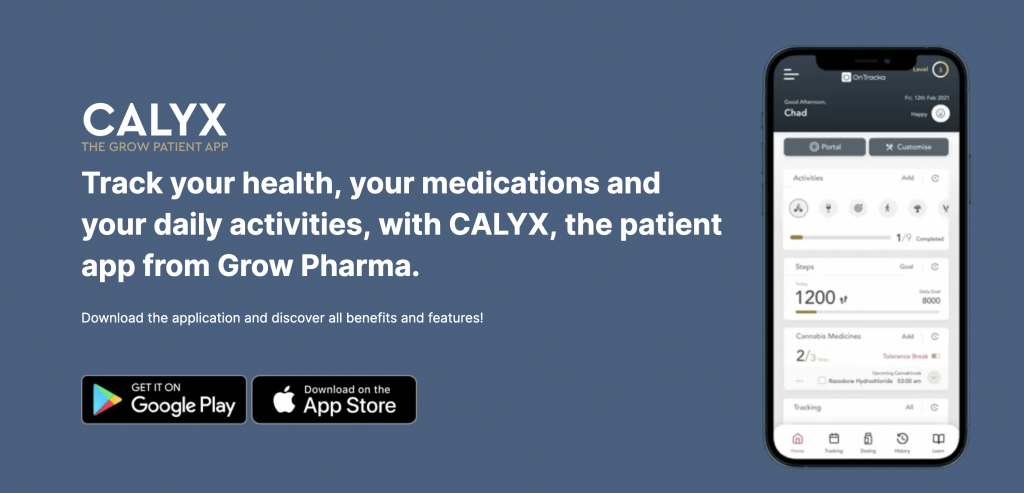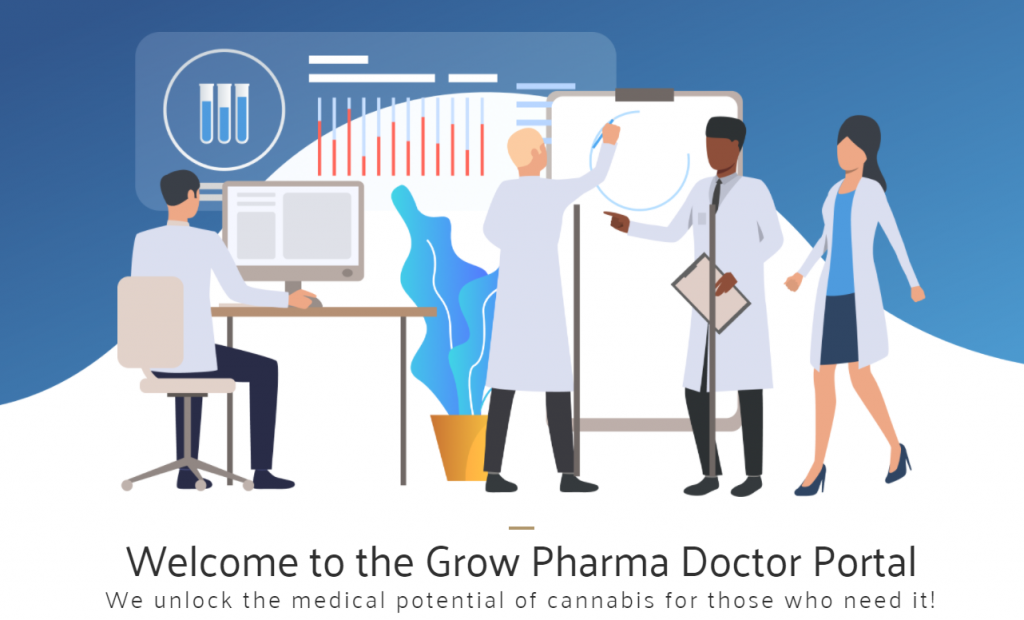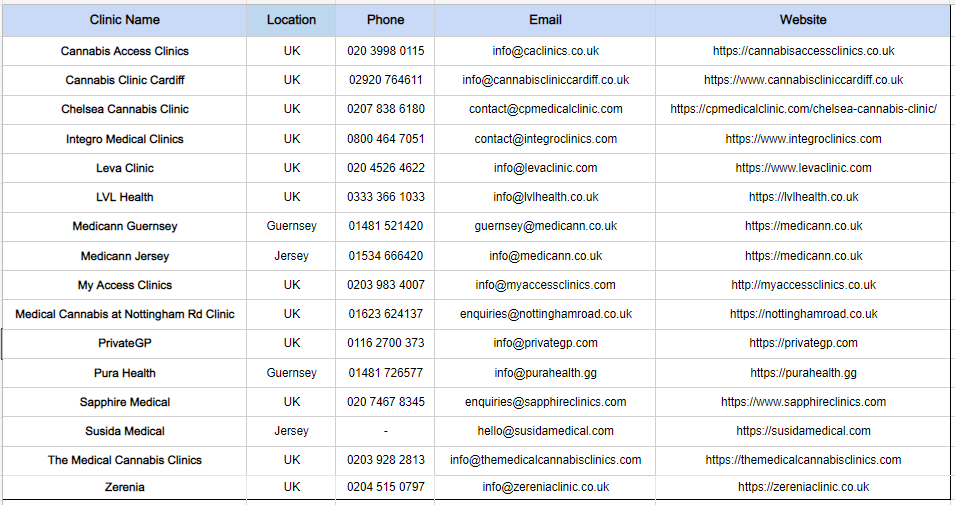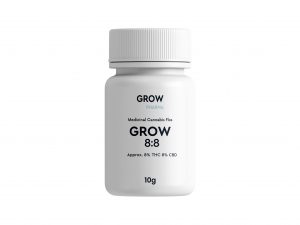Three years since the legalisation of medical cannabis in the UK, Alex Fraser, patient access lead for Grow Pharma, reflects on how far we’ve come and what the future holds.
Three years ago the UK government rescheduled unlicensed cannabis medicines from schedule one to two. This meant that specialist doctors could prescribe this family of medicines much more widely. Three years on there’s still a significant lack of awareness of how UK systems work, what is available and exactly what this means for patients and doctors. In this piece we will look at three of the most common misconceptions and where we are headed in the coming months and years.
“It’s expensive”
Not as costly as is often assumed and probably a perception created by the very active campaigning of parents of children with epilepsy. These children do actually need very high doses (much higher than for example pain patients) which significantly increases cost.
When we completed the first bulk import in 2019 prices for cannabis flowers were very high and this milestone moment was reported extensively in the press. When the cost of these medicines had been reduced to below half the original price only a few months later there was no media coverage. Many patients were deterred by the prices first reported and may be unaware that prices have dropped even further since. The private clinics through which medical cannabis can be accessed are much cheaper than any other private clinical service you are likely to find too. Medical cannabis should for most patients be available for £10 per day or less, down to £3 or £4 per day depending mostly on the choice of mode of administration.
“Access is very limited”
Not the case. In fact, the UK has one of the most liberal systems for prescribing cannabis medicines in the world. It can be prescribed for patients with almost any condition. Cannabis medicines are prescribed for symptom management, not for treating the underlying conditions. We are seeing prescriptions written mostly for pain and psychiatric symptoms/mental health conditions as well as symptoms of a variety of neurological disorders.
“It’s just CBD oils”
Not true at all. There are few restrictions on the types of medicines that can be prescribed, providing they meet pharmaceutical standards. Flowers, oils, capsules and cartridge vaporisers are all available with varying THC and CBD ratios. This includes high-THC flowers, although they must be consumed via vaporiser rather than smoked. The CBD products in the supermarket do not (or should not) contain THC and the quality and actual CBD content may vary widely. Medical cannabis on prescription is regulated to be consistent and legally can contain THC.
Now we’ve cleared that up, let’s look to the future.
Whilst campaigning groups are focused on demanding NHS access, companies like GROW, who are building this industry in the UK, must work from the assumption that this may not happen for some time. This doesn’t mean we give up on our goal of improving patient lives through medical cannabis, far from it.
Cost is understandably a key factor. Grow Pharma’s sister company Grow Biotech have been working on a novel extraction technology that may not only significantly reduce the cost of producing certain medicines but may also enable us to formulate more personalised medicines. As patient numbers grow, we are seeing more producers entering the UK. This increased competition and availability will inevitably help to lower cost and improve access for patients.

When we say that medical cannabis is a very personalised medicine this means that patients with the same diagnosis or symptoms respond to different medicines or cultivars, sometimes even though they have the same ratio of the main medical compounds THC and CBD. Untangling this web of complexity is another focus for GROW. With our patient app CALYX, we are capturing data on which medicines work best for different patients and linking this back to the full profile of compounds in any given medicine. Hopefully before too long we will have a better picture of how the theorised “entourage effect” works and what this means for patients.
Possibly the most important work we do is on increasing awareness of cannabis medicines in clinical settings, educating healthcare professionals and getting doctors up to speed with how to prescribe. We recently wrote a piece on this so I won’t go into detail here.

Doctors can learn about medical cannabis via the Grow Doctor portal
Interestingly, we are now seeing more and more specialist “cannabis clinics” opening. This is undoubtedly a good thing as doctors who may be unsure about how or what to prescribe can benefit from the support of those with more experience. However, our hope is that, in the not too distant, we will see cannabis medicines utilised in everyday clinical practice. This will require GPs to learn about the endocannabinoid system (ECS) and where to refer patients to as well as specialist doctors overcoming any prejudice or stigma associated with medical cannabis and treating it as just another tool in their prescribing toolbox.

Clinical evidence about efficacy but also very much about safety is key to engaging more clinicians and moving things forward. The few registries set up to date are unlikely to pass muster with regulators such as MHRA. Whilst NHS subsidy may be beyond reach currently, it’s not impossible for Govt, and the likes of the NIHR to fund trials, as is being called for by the #iambilly campaign. Some are striding forwards nonetheless: One clinic, by the name of LVL Health, are working on finalising a formal clinical study for cannabis flower in chronic pain and at Grow, we’re working on building a wider data-capture initiative around the CALYX app.
Grow Pharma are now the preferred pharmacy for more cannabis clinics than any other in the UK and work with some of the world’s leading producers of cannabis medicines. This puts us in prime position to lead the way with progressing access, building trust with both clinicians and patients, and normalising medical cannabis in the UK.
Our success has come from a slightly different tact to other UK pharmacies, most of whom work “in silo”, essentially with a single clinic and a focus on their own brand of medicines. At Grow Pharma, with our partners IPS, we have compiled a broad range of medicines. We don’t have ownership over any one clinic but work with many doctors at multiple clinics to bring a sense of collaboration and community to the industry. We have recently launched our own brand of GROW flowers, these sit alongside “premium” producers such as Aurora, Tilray and Columbia Care, ensuring that we have medicines for any patient need.
This collaborative approach will enable us to grow this industry for the sake of patients, bring down costs and develop meaningful data that we can use to move things forward within UK healthcare systems. There’s certainly a long road still ahead of us, but we’re confident that the next 12 months will be very exciting for UK medical cannabis.
Summarising we have three key objectives, drive awareness with patients who could benefit from using medical cannabis, working with doctors to support them if they want to start prescribing and to provide a sustainable and high-quality broad range of products to suit individual patient’s needs.

The post Medical cannabis three years on – how does it work and where are we headed? appeared first on Cannabis Health News.

